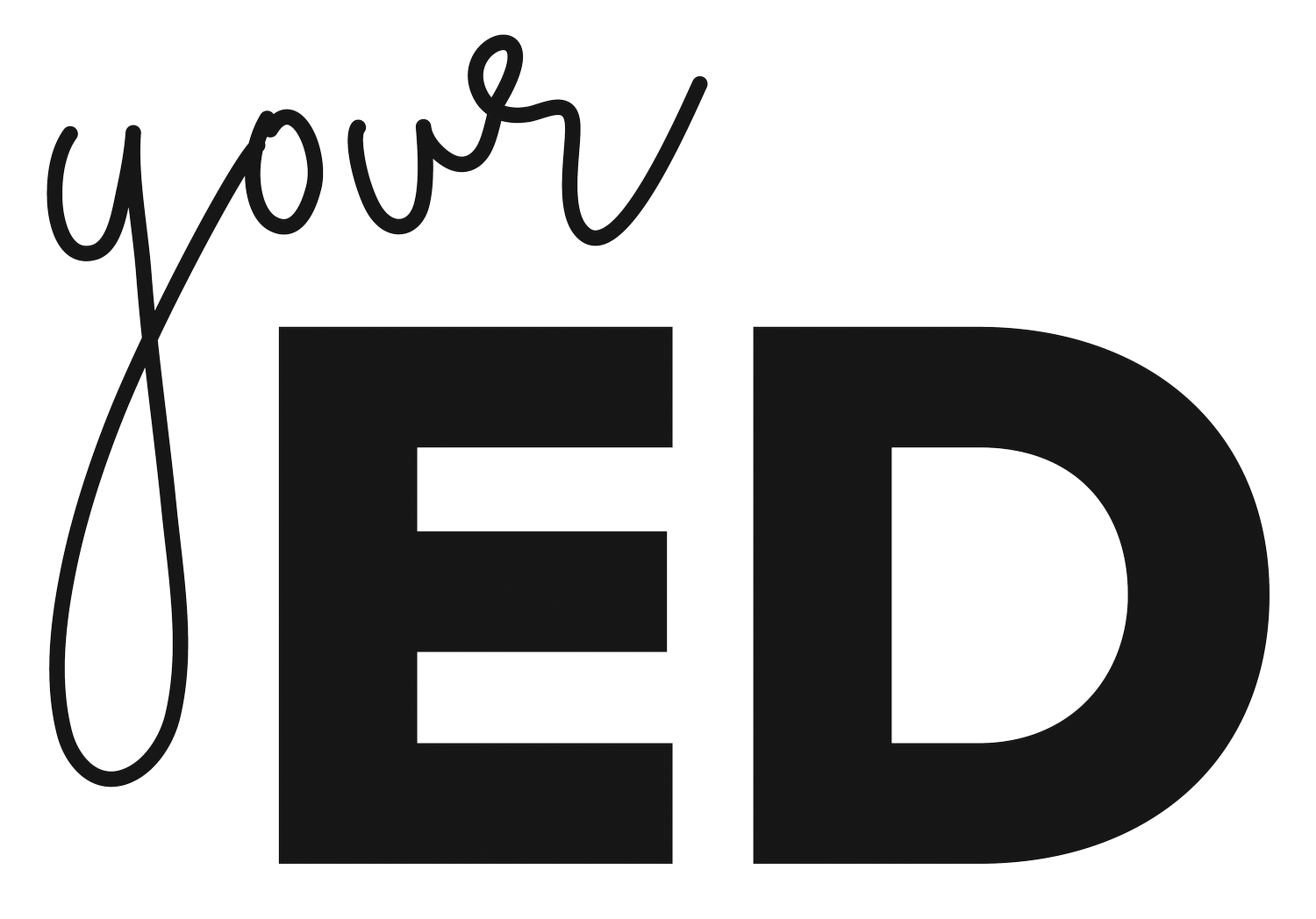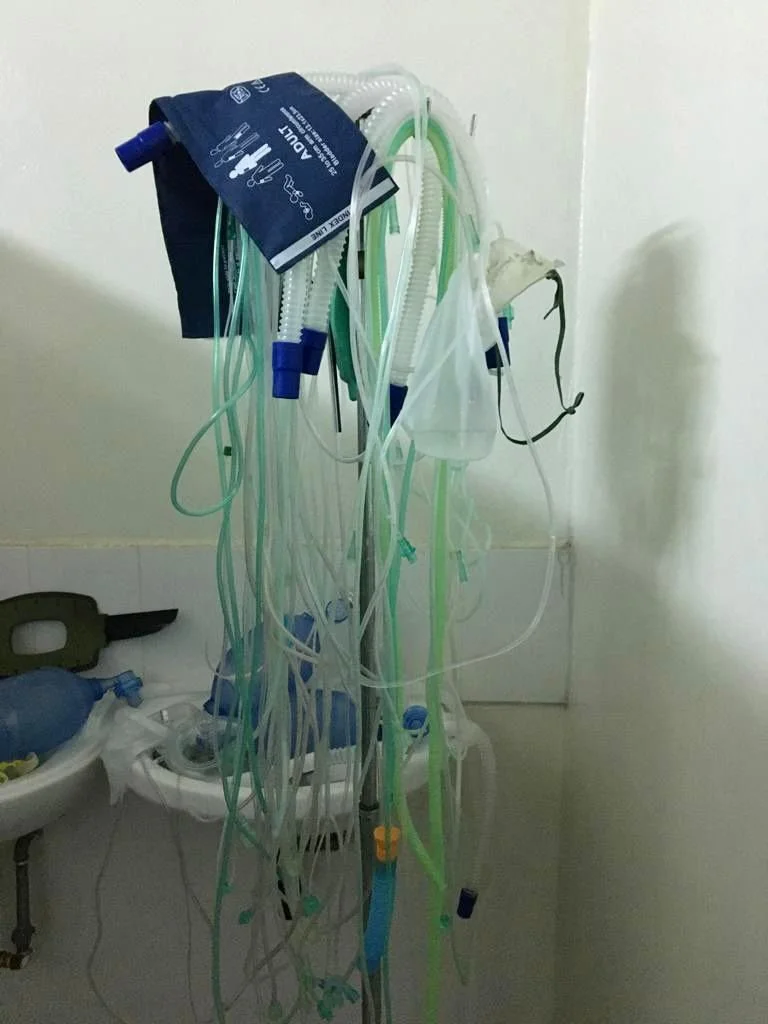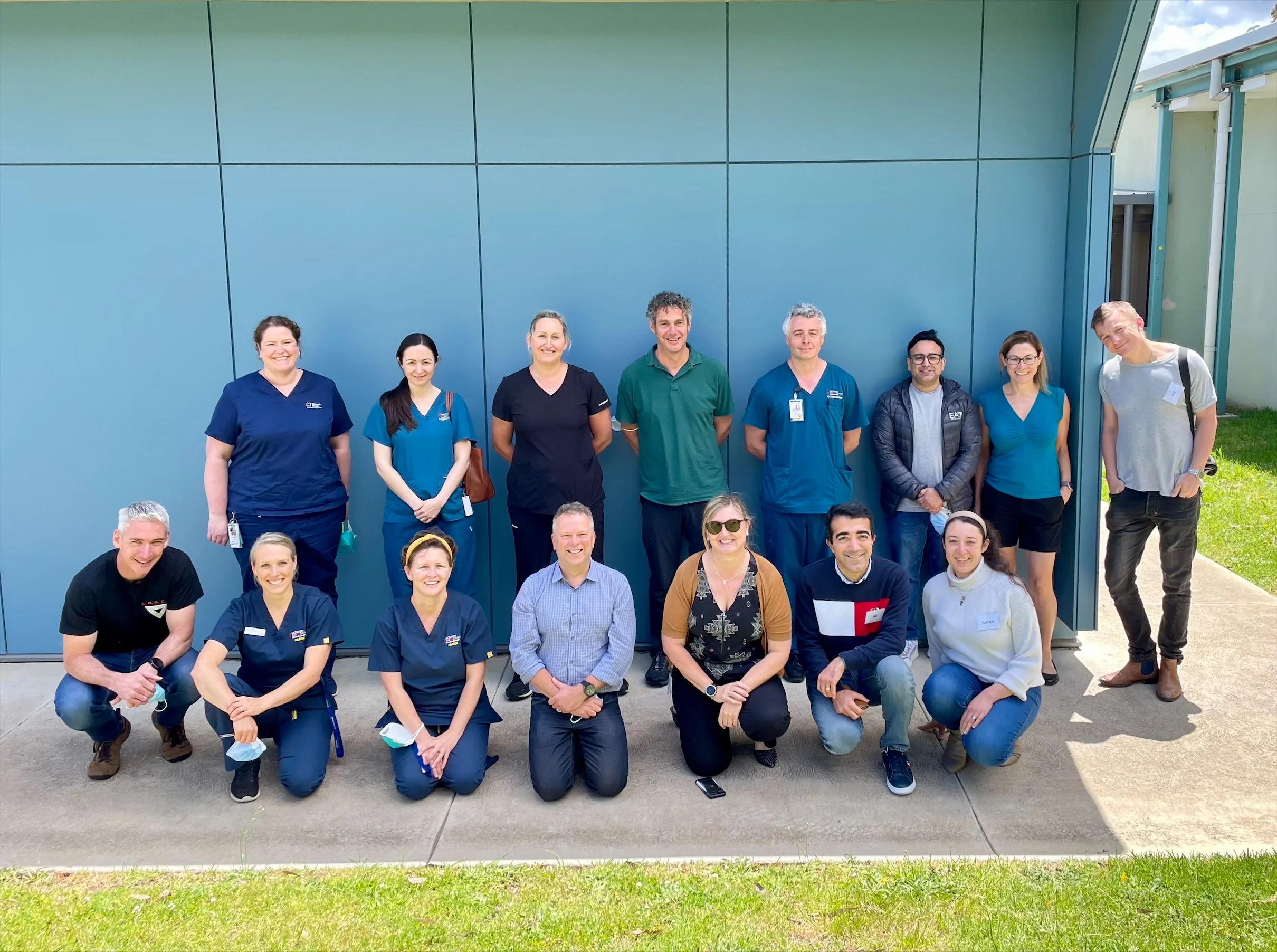Critical care in the land of beautiful chitenges
Saint Francis’ Hospital, rural Zambia
After several cancelled flights, numerous COVID-19 tests and a bumpy nine-hour drive, I arrived at Saint Francis’ Hospital – a large limited-resource hospital in the Eastern Province of rural Zambia, and my home for the next seven months.
Chitenges drying in the sun.
Emergency medicine was not an official specialty in Zambia, I was the only doctor I knew with emergency medicine and critical care experience in the Eastern Province. The superintendent (hospital director) tasked me with integrating my knowledge in paediatrics, internal medicine and obstetrics, and to also assist with the newly established intensive care unit (ICU).
Patients arrived in swaths, mostly referred from rural clinics, some having travelled from the neighbouring countries of Mozambique or Malawi. They waited patiently in line: barefooted children and woman dressed in brightly coloured pattered wraps, called chitenges, around their waist, often with a child strapped on their back. At times people lay on the ground weak from illness, or slumped in a wheelchair. A clinical officer-run 24-hour clinic would assess the ever-growing line of patients and allocate them to a ward, awaiting clerking by a white coat-clad doctor or clinical officer.
“At home, my clinical acumen would normally be swiftly confirmed or refuted by a host of labs and imaging... Here, investigations took time to return, so diagnoses relied heavily on clinical expertise.”
At home, my clinical acumen would normally be swiftly confirmed or refuted by a host of labs and imaging, with reams of evidence-based and population relevant guidelines that I have at my fingertips. Here, investigations took time to return, so diagnoses relied heavily on clinical expertise.
There was ample exposure to hone a clinician’s capability of managing significant pathology – from severe acute malnutrition, enteric fever, neonatal syphilis, severe prematurity, complications of HIV, TB, sickle cell and schistosomiasis, to cerebral malaria, black-water fever, and seizing children with cryptococcal meningitis.
With no ‘between the flags’, readily available escalation protocols or rapid response teams, and with limited goals for resuscitation end points – the staff do what they can, when they can.
An unforgettable first on-call shift
After a hectic day I was about to tuck into nshima, a maize based local dish, when the single night nurse covering a ward of over 50 children, called about a child’s ‘change in condition’. I ran to find the child not breathing, her mother screaming on the ground.
Saint Francis’ Hospital, Katete, Zambia.
Whilst performing CPR with the nurse, a further two neonates arrived on the special care baby unit (SCBU) needing resuscitation. I guided the SCBU nurse over the phone then ran outside, between the wards with ethical conundrums swirling around in my tired and hungry brain. As we began resuscitating the neonates, there was a knock on the window; the mother of the little girl from the ward had placed her lifeless child in a chitenge on her back, wanting to return to her village and needing paperwork to allow her child’s burial.
Later that evening I had a cry in the medicine cupboard. However, I still needed to get intravenous access in the unconscious emaciated child with likely diabetic ketoacidosis, and the child with cerebral malaria who wouldn’t stop seizing was now in respiratory extremis. This was going to be hard.
The paediatric ‘ICU’
My first weeks on the SCBU and the paediatric ward continued to be overwhelming. My colleagues answered my endless questions, taught me local protocols and skills for re-purposing equipment: we used milk bottles for a tension empyema drain, used IV fluid bags as catheter bags and urine dipsticks were cut down the middle making two!
With no ability to ventilate children, unconscious and critically ill children lay together in the paediatric ‘ICU’ – a section of the ward where we could provide oxygen via concentrators.
“There is a balance between the allocation of finite resources and advocation of individual patient’s care, whilst building new skills and sharing knowledge to bridge healthcare gaps.”
After several children aspirated and died having been lovingly fed strawberry milkshake by family members while unconscious, my focus of teaching became basic airway protection and how to perform an A-E assessment. We improvised by ensuring broken bed heads were elevated using cupboards, positioning unconscious children on their side, and implementing nasogastric feeding – when families agreed.
There is a balance between the allocation of finite resources and advocation of individual patient’s care, whilst building new skills and sharing knowledge to bridge healthcare gaps. I remember my internal frustration with the decision to palliate a toddler, who became apnoeic and bradycardic each time the endotracheal tube was removed in theatre, due to large lymph nodes obstructing her airway. The ICU nurses supported me, pushed beyond their comfort zone and we ventilated this toddler with only adult tubing available, until her obstruction resolved and she went home. After this, pediatric tubing was acquired.
Early development of the adult ICU
In 2019, a ward for patients requiring closer observation had been established. In March 2020 two ventilators were donated, along with two training sessions for the nurses. Without a critical care or emergency doctor, an anaesthetic officer would intubate the patient. The ICU nurses maintained the basic ventilator settings and would extubate when the patient could no longer tolerate the endotracheal tube, without the use of sedation.
Washing and drying oxygen tubes for re-use.
Deciding who to intubate, and when to extubate a patient, was complex, and a dynamic balance of risk. Challenges included regular electricity cuts requiring hand-bagging of intubated patients, no reliable oxygen flow, infection risk with rewashing circuits and airway equipment in buckets between patients, minimal monitoring including no end-tidal CO2, cardiac monitoring, blood gas or electrolyte tests. Saint Francis’ Hospital has improved electricity stability with solar panels and now has piped oxygen to some wards since the pandemic.
Working closely with the local ICU nurses and doctors, I taught mechanical ventilation in different scenarios, troubleshooting alarms, weaning ventilation, extubation and managing the complications of ventilated patients. After acquiring several non-invasive ventilation (NIV) masks, I put together guidelines and observation sheets and helped initiate the use of NIV, with the aim of reducing the need to intubate patients.
Throughout the walls in ICU, we plastered guidelines that we had adapted to be locally relevant: from an intubation/extubation checklist, to protocols for high pressure alarms, unexplained hypoxia and hypotension and the use of peripheral adrenaline.
Together we performed some prolonged ventilations and weaning, such as a young farmer who was intubated for 15-days from an organophosphate ingestion after an argument. Despite status epilepticus, ventilator associated pneumonia, paralysis from Intermediate Syndrome, and two unsuccessful extubation attempts, he returned home to his family.
“I gained invaluable knowledge from my colleagues, acquiring new practical and teaching skills, whilst learning to embrace culturally unique decisions.”
The drive to progress
The benefit of such an experience is multifold. I gained invaluable knowledge from my colleagues, acquiring new practical and teaching skills, whilst learning to embrace culturally unique decisions, and navigate the challenges of driving change within a complex system. With a combination of my colleagues’ knowledge of local issues and desire for progress, coupled with my experience of managing critically unwell patients in a well-resourced system, we worked to empower locally relevant, pragmatic and sustainable progress.
This transformative journey instilled in me a deep appreciation for the resilience and resourcefulness of healthcare providers in limited resource settings, who care for their patients with ingenuity and compassion despite overwhelming challenges.
Sub-Saharan Africa is rapidly embracing emergency medicine with many training programs on the continent. The next African Conference on Emergency Medicine will be in Botswana, a neighbour of Zambia, on 6-8th November 2024.









